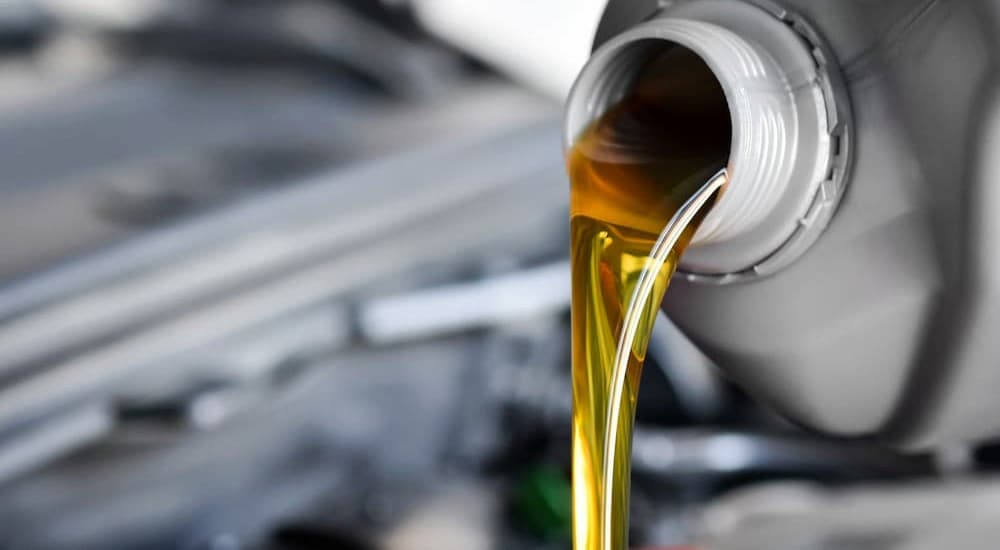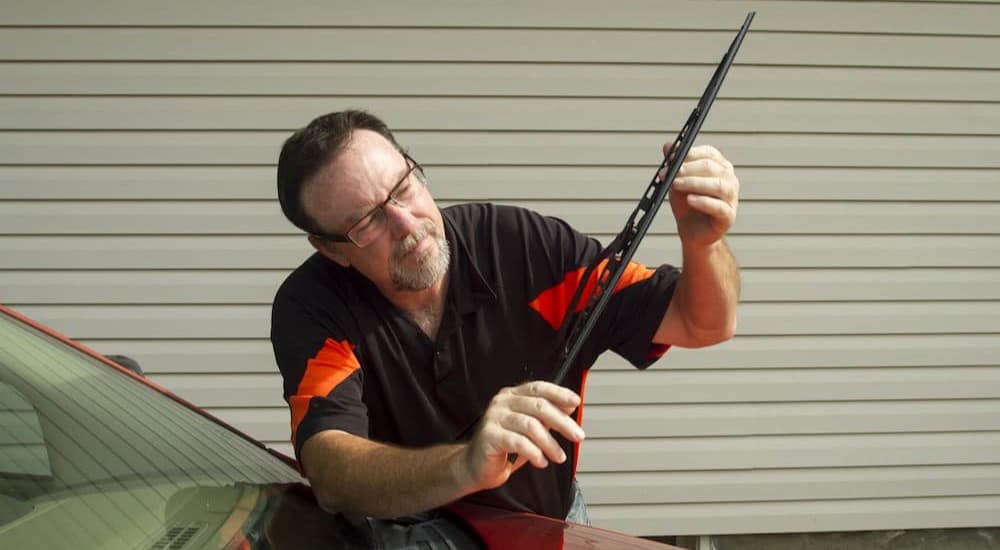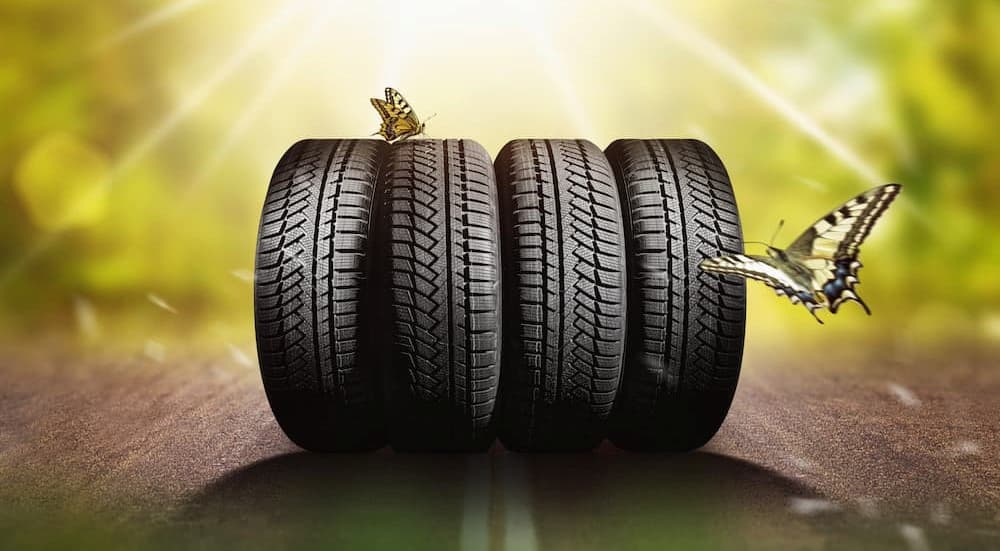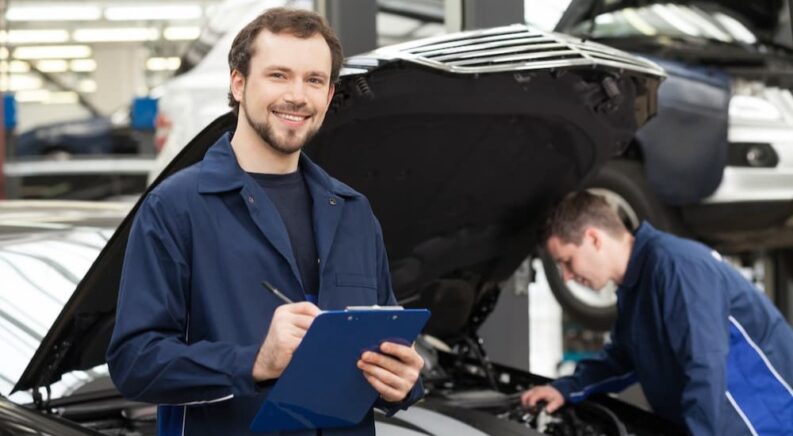It’s a well-known fact that routine maintenance at regular intervals is a fundamental practice of not only owning a vehicle but also ensuring that it lasts for a considerable length of time. The world of auto maintenance is made of two different practices, repairing and replacing. Chances are that you’ve visited an auto repair shop before, and whether it was something as minor as an oil change or having part of your drivetrain worked on; there’s a good chance that the mechanic discussed with you the difference between getting something on your vehicle repaired or the possibility of getting it replaced if the problem with it was too far gone. Let’s look at these concepts and see when the situation calls for a repair or a replacement.

Understanding the Current Value of Your Vehicle
One of the first things you should consider when it comes to any repairs for your vehicle is its current value. All vehicles, regardless of their make and model, go through a process called depreciation. This begins from the moment they’re sold and continues year after year. While this process occurs in every vehicle, it’s a non-linear process as each devalues differently. Luckily, finding this information is relatively easy. Kelley Blue Book publishes a guide each year and lists the value of every make and model. Understanding the current value of your vehicle will help you make an informed decision regarding whether or not it’s time to replace your vehicle altogether or simply repair the faulty part.

Parts of Your Vehicle That Need Continuous Replacement
To better understand the aspects of repairing and replacing, we’ll take the time to list the parts of your vehicle that need to be replaced on a regular basis to ensure its longevity and efficiency.
Oil
While this is the most well-known and rudimentary of all items that fall under the category of routine maintenance, it’s also one of the most essential. Getting your oil changed at regular intervals is important to ensure that your engine stays properly lubricated and that deposits are removed.
Air Filter
Clean air is important for the performance of your engine. Air is constantly being introduced into the engine whenever it’s running. The air filter keeps outside contaminants from entering the engine and hindering performance. Most mechanics agree that your air filter should be replaced at least once a year.
Battery and Alternator
We’ve all been there at least once. You go to start your car early in the morning only to find that the engine isn’t turning over. This is why having your battery and alternator replaced every so often is so important. The alternator keeps your battery properly charged and sends power to your vehicle’s electrical system. It’s recommended that you replace this device every five to six years and your battery every three to five. Sometimes it’s a good idea to inspect the alternator belt occasionally, as this allows it to function correctly.
Brake Pads
Your brakes are used every single day, and because using them generates a considerable amount of friction, it’s essential that you have the pads and brake fluid replaced at regular intervals. It’s usually a good idea to get the fluid serviced before the summer months. Your brake pads should be replaced every three to five years or as needed. If you begin to hear screeching when you apply pressure, it’s best to get them replaced ASAP.
Tires
Whenever you bring in your vehicle for an oil change, it’s usually a good idea to get your tires balanced and rotated. This ensures that the tread wears evenly and you don’t have a possible blowout. Most tires will last three to five years, but this can vary depending on your driving habits.
Wiper Blades
If you live in a geographic location with a fair amount of rain and snow, then it’s recommended that you have your wiper blades changed at least once a year. Much like your brake pads, the noise that old or damaged wiper blades make is impossible to ignore. Luckily, this is a quick fix that can be done at home.

Items to Consider Repairing
Now that we’ve gone over some of the items on your vehicle that need to be replaced periodically, we’ll shift our attention to the parts that need to be repaired. These are slightly larger in scale, as well as price. Before having one of these done, you should consider the current value of your vehicle and if it’s more convenient to get a new one.
Transmission Rebuild and Replacement
Your transmission is a major part of your vehicle’s powertrain. Today’s vehicles are built to last, and as long as the vehicle is properly maintained at regular intervals, it can last far beyond 100,000 miles. Having your transmission either rebuilt or replaced can be costly, depending on what type you have. Automatic transmissions can cost upwards of $5,000 to restore, whereas manual transmissions cost much less, and sometimes it’s a simple matter of getting the clutch replaced, which can cost upwards of $1,000 to $2,500.
Cylinder Replacement
Depending on the size, replacing the cylinders of an engine can be quite expensive. A cylinder that ceases to work seizes up the entire engine. These repairs are also quite costly, and much of this is due to the high amounts of labor that are involved. Rebuilding the engine block can sometimes be cheaper, and if you see yourself facing this dilemma, getting a new vehicle might be a better option.
HVAC System
Your vehicle’s HVAC system, which includes the heating and air conditioning, sometimes needs to be serviced and repaired. If you’re having an issue, having it taken care of is essential, as a faulty system can sometimes be a breeding ground for mold and mildew.
Exhaust System and Sensors
Today’s vehicles are more advanced than ever. And figuring out if there;’s an issue with your exhaust system or some of the other internal components of your vehicle can only be done by a trained professional. A diagnostics test can inform a mechanic as to whether or not the sensors, exhaust, or other electrical system components are working correctly.
Hybrid/EV Inverter
Due to the continuing fluctuation of gas prices, many consumers have turned to the purchase of EVs, and while they have less of a need for upkeep than vehicles with internal combustion engines, they still need to be repaired from time to time. The inverter is what regulates the flow of electricity. Repairing this item, while not as much as a cylinder replacement, can be costly. This is because of the labor involved.

When It Comes to Repairing and Replacing Vehicle Components, Knowledge Is Power
As we’ve seen here today, there are a number of parts of your vehicle that need to be replaced every so often and others that might possibly need a repair if necessary. Be sure to discuss these matters with a mechanic, and always be willing to shop around for the best quality and rates. If you feel it’s more appropriate to replace your entire vehicle, be sure to research your vehicle’s current value and match it against the potential cost of the repair. Whether it’s a repair or a replacement, being armed with the right information is going to be the best way to keep your vehicle running beautifully.

